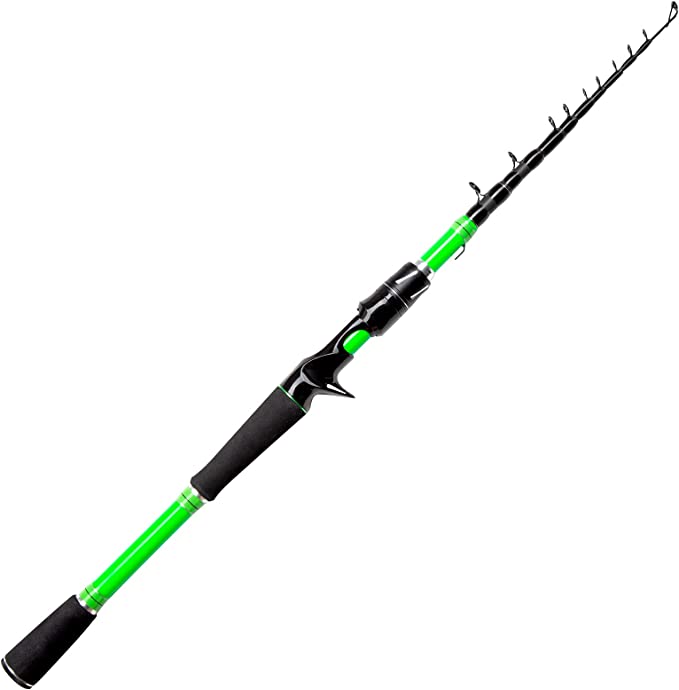ShinHye Canvas Bell Tent: Your Spacious and Durable Haven for Glamping Adventures
Update on Sept. 7, 2025, 4:52 a.m.
There’s a moment in every truly great camping trip when the gear disappears, and you’re left with just the experience—the smell of pine, the flicker of a fire, the profound silence of a starlit night. Yet, to reach that point of pure immersion, you first need a sanctuary, a basecamp that can brave the elements as reliably as you can. While a canvas bell tent might seem like a simple, rustic choice, a closer look at a modern model like the ShinHye Canvas Tent reveals a profound intersection of history, engineering, and materials science. It’s not just a product; it’s a living textbook of how thoughtful design elevates the human experience in nature.
This story begins not with a modern design studio, but on the battlefields of the 19th century. The distinctive bell tent shape is a direct descendant of the Sibley Tent, patented in 1856 by American explorer and military officer Henry Hopkins Sibley. Its conical design was revolutionary: a single central pole and a series of perimeter stakes allowed it to be pitched by one person, while its shape inherently shed wind and water, proving far more stable than the flat-topped canvas tents of its era. The modern bell tent, including the ShinHye, has inherited this brilliant legacy, using the same elegant geometric principles to maximize structural integrity and internal space, allowing for a 10-person capacity within its spacious 16.4-foot diameter.

The Fabric of Durability: A Deep Dive into Tent Materials
A tent’s performance is ultimately determined by the fabric it’s made of, and the ShinHye model offers a perfect case study in a balanced material strategy. The roof is made from TC (Terylene Cotton) canvas, a masterstroke of textile engineering. Terylene, a form of polyester, provides the ruggedness and water resistance that pure cotton lacks. Meanwhile, the cotton component ensures the material retains its breathability. This is critical for preventing the “tent sweat” that occurs when water vapor from your breath and body condenses on the inside of a synthetic fabric. The TC blend allows the fabric to wick moisture away while the outer polyester fibers and special coating form a barrier against rain. It’s a classic case of a hybrid material combining the best of two worlds: the natural comfort of cotton and the synthetic strength of polyester.
For the walls and floor, the tent shifts to a heavier-duty Oxford fabric, a tightly woven material renowned for its resilience. To understand its strength, you need to know about Denier (D), a unit that measures the thickness of a yarn’s fiber. A higher denier means a thicker, more robust material. The ShinHye’s side walls are made from 300D Oxford fabric, a solid choice for durability and flexibility. The tent’s floor, however, which takes the brunt of ground moisture, abrasion from gear, and sharp objects, is crafted from an even more robust 600D Oxford fabric. This is a deliberate design choice that places the toughest material exactly where it’s needed most.
The final layer of protection comes from the PU (polyurethane) coating, which is what provides a tent with its waterproof rating, measured in millimeters. This number, known as the hydrostatic head, represents the height of a column of water a fabric can withstand before leaking. A rating of 1,500mm is considered waterproof for most conditions. The ShinHye’s walls boast a PU2000mm rating, while its floor reaches an impressive PU3000mm. In practical terms, this means the tent can comfortably shrug off torrential downpours, a testament to the science of hydrostatic resistance.

Master of the Seasons: From Summer Breeze to Winter Warmth
One of the most impressive feats of the modern bell tent is its ability to adapt to dramatically different climates. In summer, the ShinHye’s design leverages the principles of convection and airflow. With eight zippered doors and high-density mesh windows, campers can create a powerful cross-breeze to vent out hot, stagnant air and humidity. The ability to completely unzip and roll up the sidewalls transforms the tent into a spacious, shady canopy, offering a sheltered spot to relax while still feeling fully connected to the outdoors.

When temperatures drop, the tent’s functionality shifts completely, thanks to a small but revolutionary feature: the stove jack. This fire-resistant opening in the roof or wall allows for the safe installation of a hot tent stove. The principle at play is the chimney effect, a cornerstone of thermodynamics. As the fire heats the air inside the stovepipe, the less dense, hot air rises, pulling cooler, fresh air in from the bottom of the stove and out through the flue, safely carrying away smoke and dangerous carbon monoxide. With a stove inside, the tent becomes a cozy, warm hub, extending your camping season deep into the colder months.

In a world of mass-produced, disposable goods, the ShinHye Canvas Tent is a refreshingly sturdy and well-conceived product. Every feature, from the denier of its fabric to the elegant simplicity of its structure, is rooted in sound engineering and time-tested principles. It stands as a perfect example of why understanding the science behind your gear not only helps you make a better purchase but also deepens your appreciation for the ingenuity that goes into creating a true sanctuary in the wild.






































